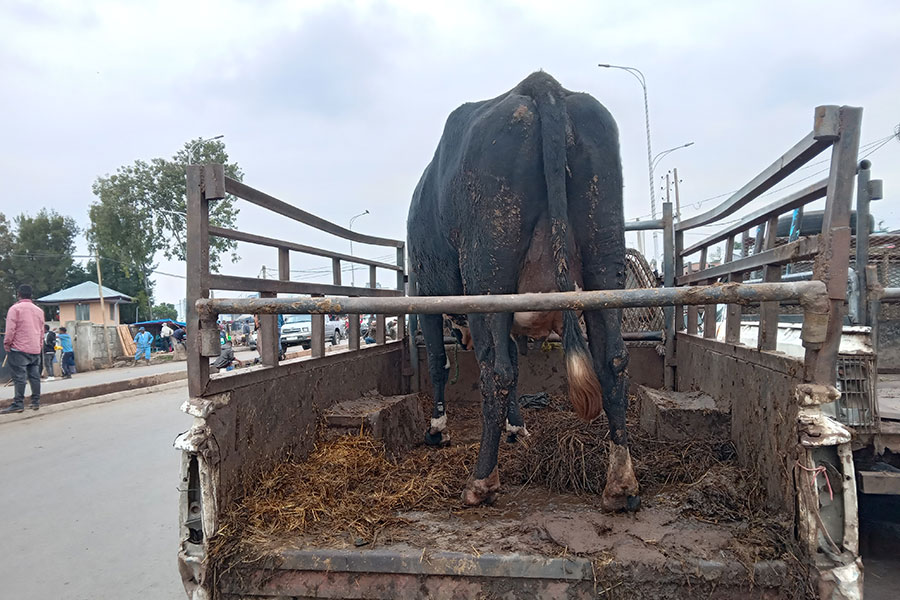
A cow around the Qera area is transported to a nearby dairy farm as the demand rises during the holiday season. While Ethiopia has the largest cattle population in the continent at over 50 million, animal products appear to be a rare delicacy in the everyday diet of citizens. A recent report by the United Nations indicated that over 80pc of Ethiopians do not eat a healthy diet. High costs compounded by expensive undersupplied animal feed, contraband and hefty taxation play a major factor with a single ox selling for as high as 200,000 Br this holiday season.
[ssba-buttons]